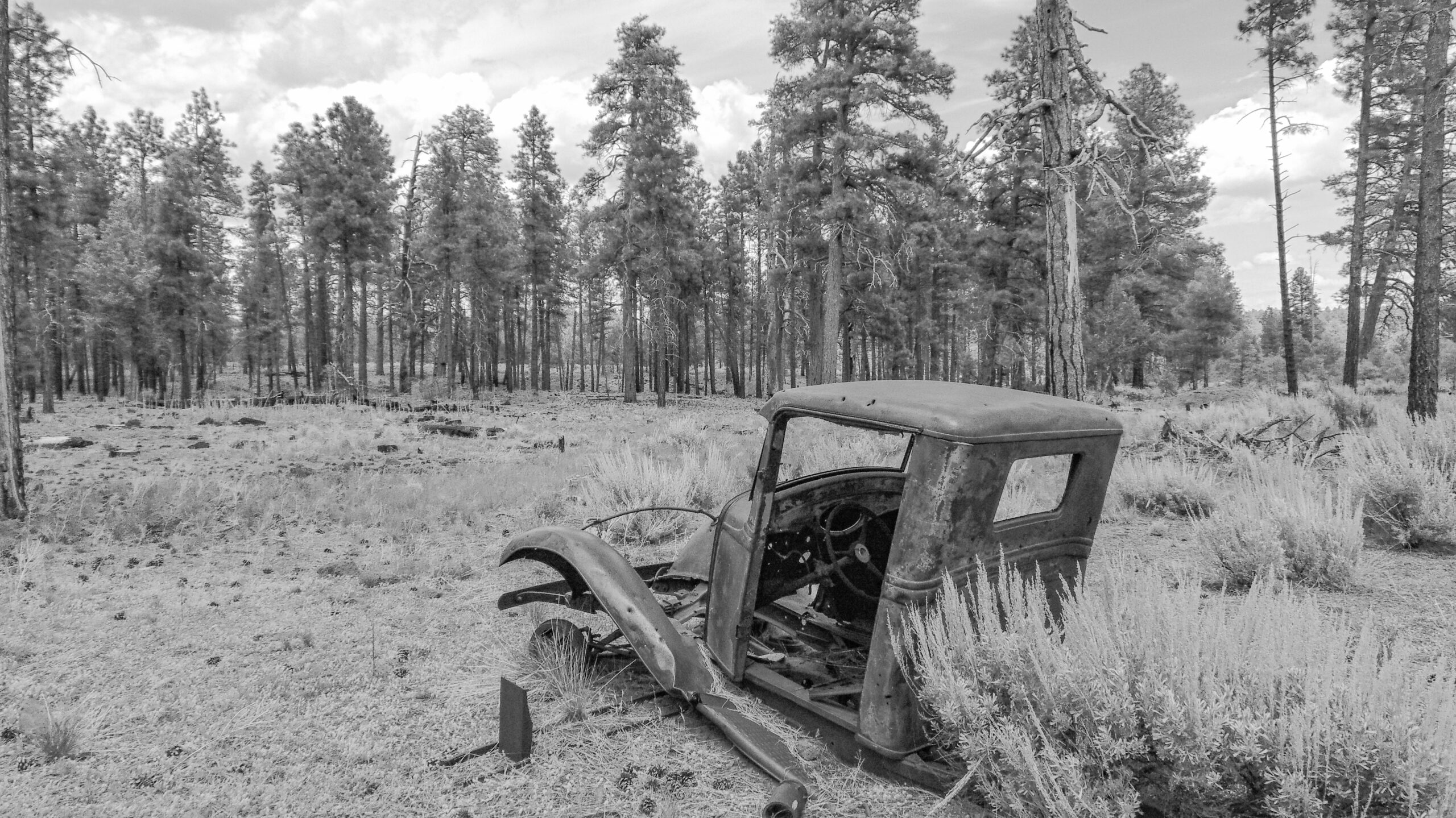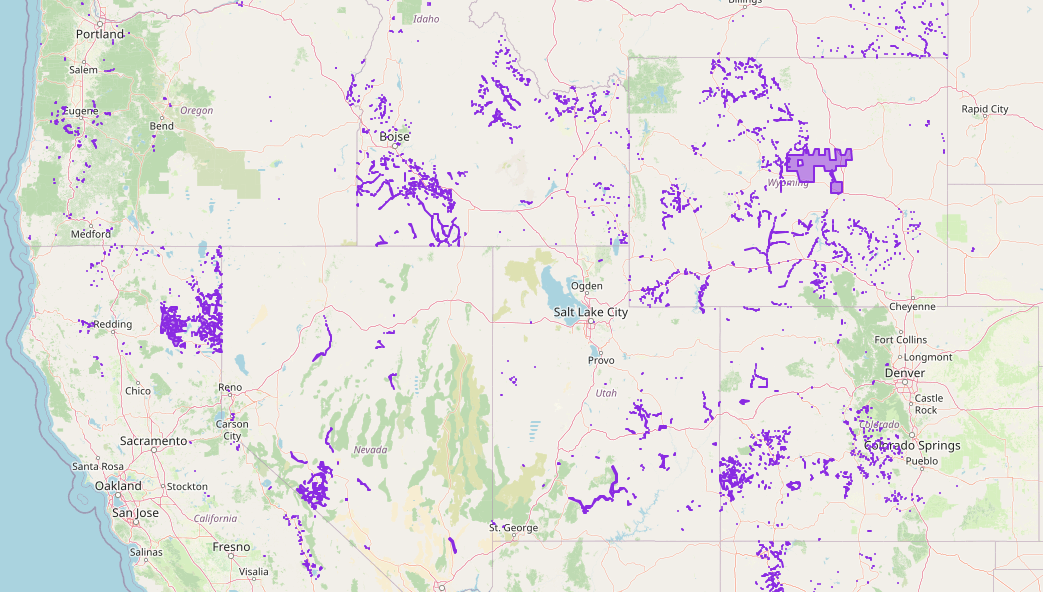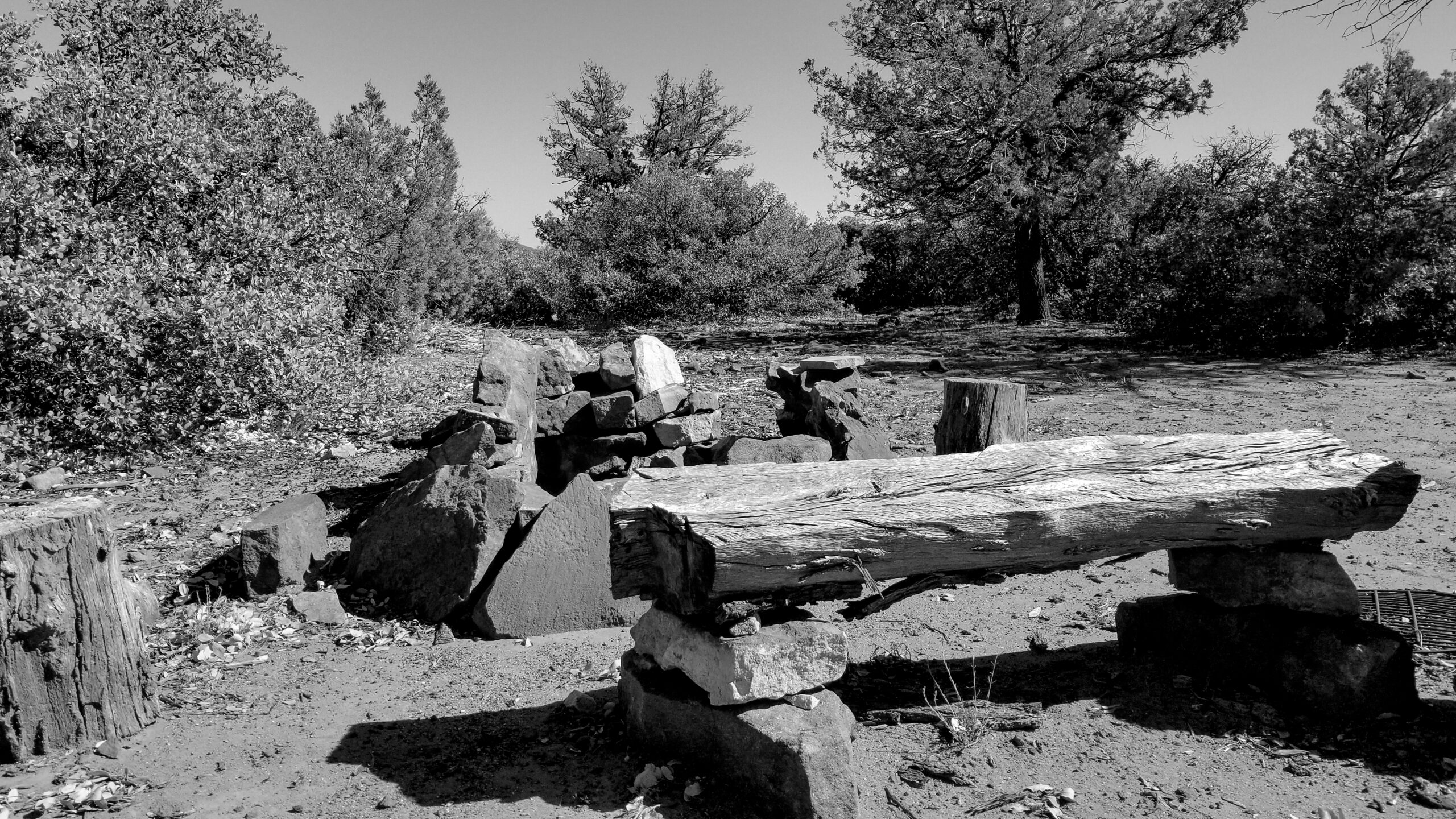
RS 2477 Right of way
The right of way for the construction of highways over public land, not reserved for public use, is hereby granted.
This website is a comprehensive resource for motorized access advocates and policy reformers nationwide. It contains the largest collection of publicly accessible information relating to the RS 2477 issue on the internet.
Whether you understand the RS 2477 issue or are just now discovering it, this website will hone in your skills and help you become an RS 2477 expert.
RS 2477 County Handbook
The RS 2477 County Handbook Is designed to assist policy makers at the county level asserting claims to RS 2477 rights of way.

RS 2477 Interactive Map
Browse an interactive map of RS 2477 rights of way in the Bureau of Land Management Mineral and Land Record System.
RS 2477 Activist Workshop
The Revised Statute 2477 Activist Workshop is an in depth training course designed to help motorized users defend access rights.
Introduction to RS 2477
A comprehensive overview of the RS 2477 issue.
An RS 2477 Primer
A brief analysis of a one sentence law.
Repeal of RS 2477
The repeal of RS 2477 and how RS 2477 rights of way were protected forever.
Basic truths about RS 2477
These are the indisputable facts about RS 2477.
Ten essential points about RS 2477
A deep dive into the RS 2477 issue.
Common RS 2477 myths
Refute common RS 2477 myths.
Early RS 2477 regulations
A collection of RS 2477 regulations before and after repeal.
RS 2477 court precedent
Learn how the courts still uphold RS 2477 rights of way.
RS 2477 and National Forests
How RS 2477 applies to National Forests.

Burr Trail Documents
The Burr Trail is one of the most significant legal battles relating to RS 2477.
This website is developed and maintained by
